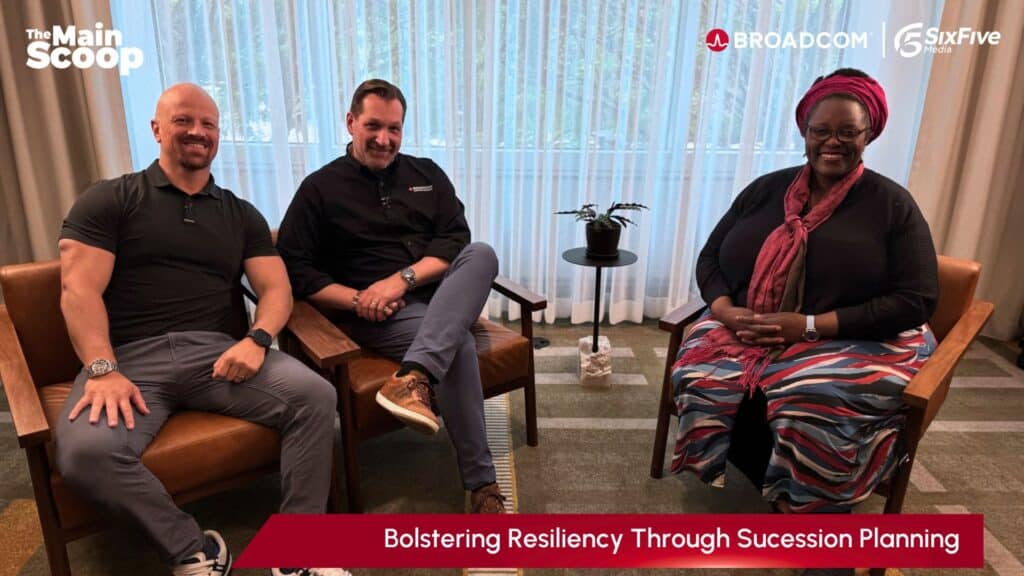By 2030, 20% of the US population will be 65 or older. Nearly three-quarters of older adults state a preference to stay in their homes and age in place, so technology that allows them to manage their health remotely will be critical to helping them achieve that goal. Despite the stated preference to age in place, independence becomes more challenging as individuals age. From a demographic perspective, adults who are older are more likely to experience physical limitations of restricted vision, tremors, and neuropathy that create accessibility challenges that impact their ability to use technology. Designing technology for universal use (to accommodate challenges older adults experience with vision, hearing, and hand-eye coordination) will drive greater engagement with virtual care and improve the overall patient experience (PX).
As demand among older adults for technology to enhance health and well-being is increasing, a 2020 Journal of the American Medical Association (JAMA) article estimated that 38% of adults over the age of 65 were not ready for video visits, primarily due to inexperience with technology, while 72% of individuals over the age of 85 met criteria for unreadiness as a result of disabilities or inexperience. Older adults are also more likely to rely on family caregivers or home health workers to provide support with technology setup and troubleshooting before and during an encounter, which creates additional responsibility and burden on caregivers. Without accessible products and services, older adults face the dual impact of a digital and healthcare divide, placing them at increased risk for disparities and costlier care outcomes.
Accessible design of virtual care needs to consider the functional abilities of older adults when it comes to both basic features (e.g., buttons, font size, and color) and the functionality of platforms (e.g., sound). GrandPad, for example, is a purpose-built device for older adults on a “90/90” design principle: a 90-year-old can be up and running on the device within 90 seconds after opening the box. GrandPad also prides itself on the superior audio quality output of its device. The use of closed-captioning for people with hearing loss or the pairing of devices with assistive technology (e.g., hearing aids) can also benefit those with limited English proficiency by facilitating simultaneous translation into the care recipient’s primary language. In the hearing aid market, accessible solutions promise to deliver significant benefits to older adults. For example, Starkey Hearing Technologies’ Livio Edge AI hearing device simultaneously translates into 27 languages.
Healthcare providers are also paying increasing attention to age-friendly design. Iora Health, a pioneer in the eldercare age-friendly movement that designed its primary care model specifically for older adult Medicare beneficiaries, was recently acquired by OneMedical for $2 billion in a strategy described as “the hottest slice of the health insurance sector.” Age-Friendly Health Systems is a national initiative to rethink the design of the healthcare experience for older adults by following a set of four evidence-based principles considered essential elements of high-quality care for older adults. Referred to as the “4Ms” (What Matters, Medication, Mentation, and Mobility), the initiative aims to help healthcare providers cause no harm through aligning the delivery of their services with the values, preferences, and needs of older adults and their family caregivers. The Age-Friendly Health Systems approach supports the transition of older adults between settings, ultimately reducing overutilization and increasing certain practices, such as palliative care and home-based care. To date, more than 2,000 US provider organizations have committed to the Age-Friendly Health Systems movement, and the goal is to reach older adults in 2,600 care settings across the continuum by mid-2023.
Author Information
Andrew Broderick is a Senior Analyst contributing to Dash Research’s CX Advisory Service as well as Dash Network’s ongoing editorial coverage of Healthcare CX and Patient Experience. Based in San Francisco, Broderick has more than 20 years’ experience in technology research, analysis, and consulting, including an extensive background in digital health technologies and business practices.






